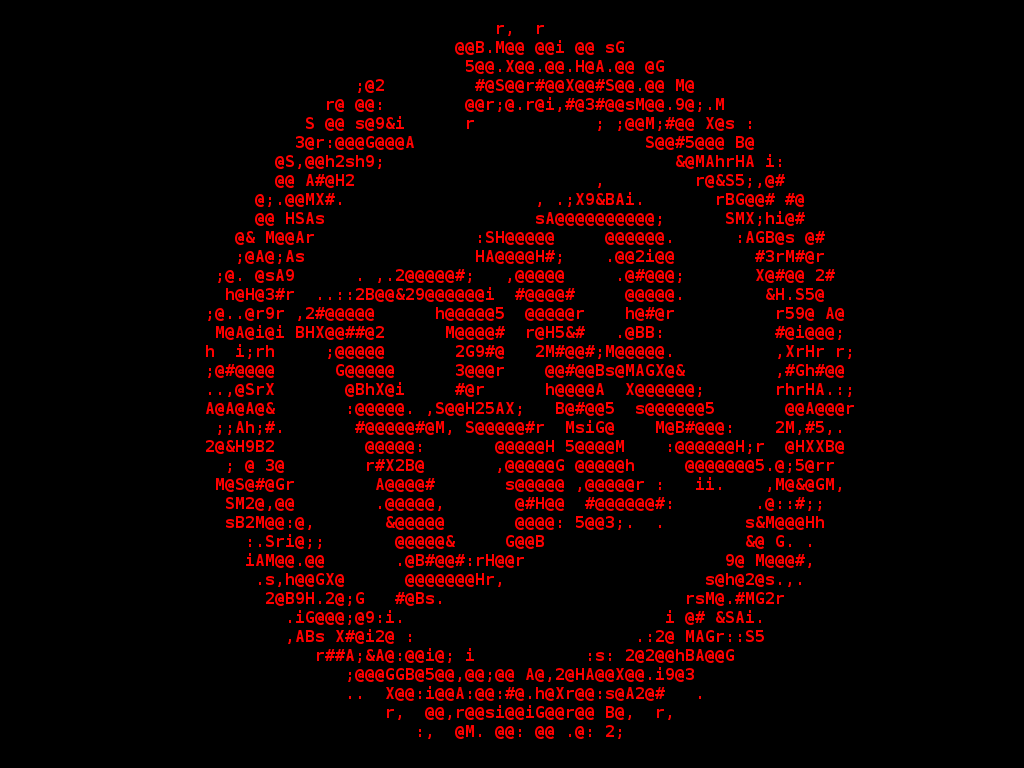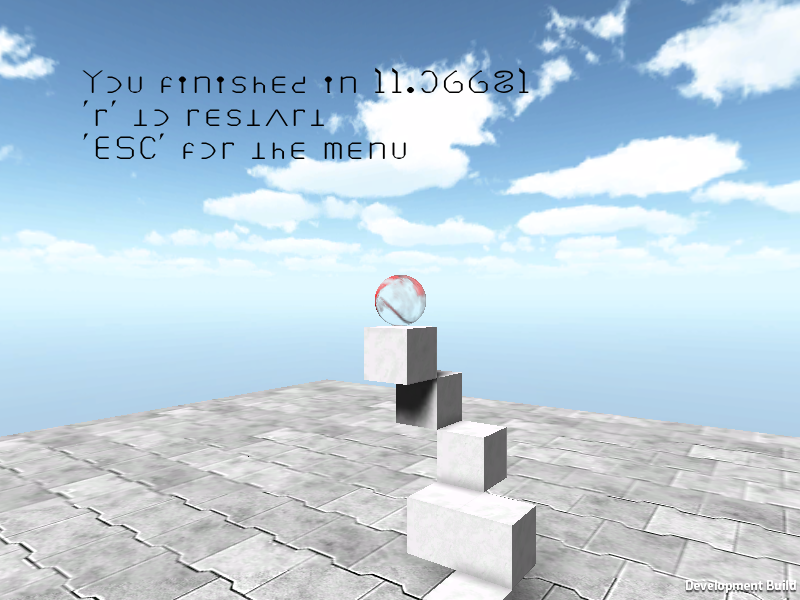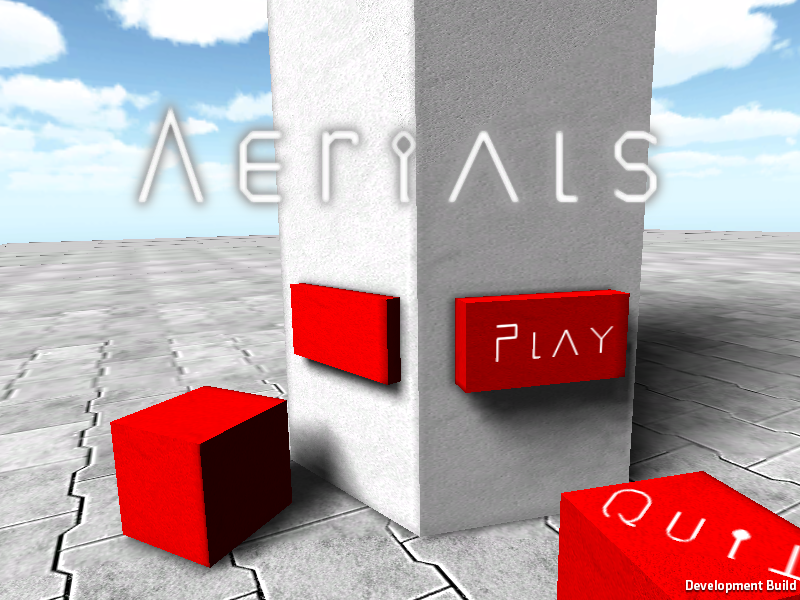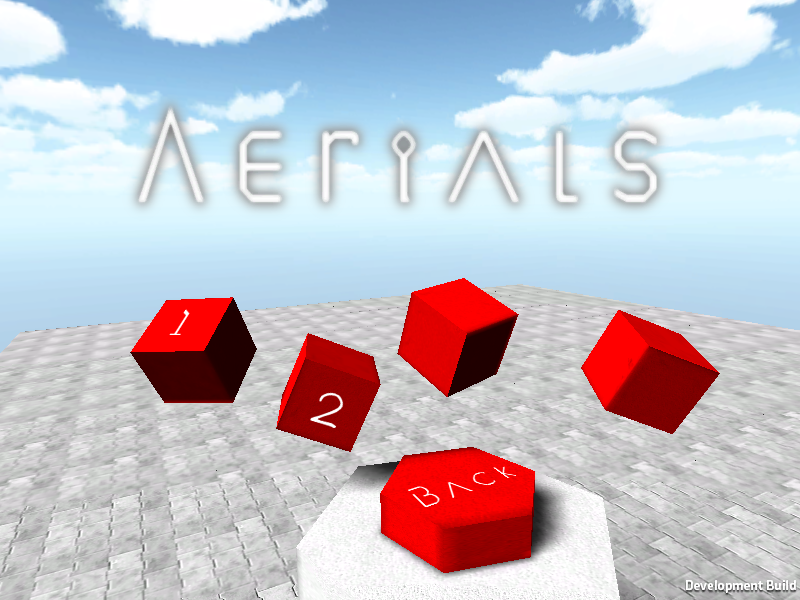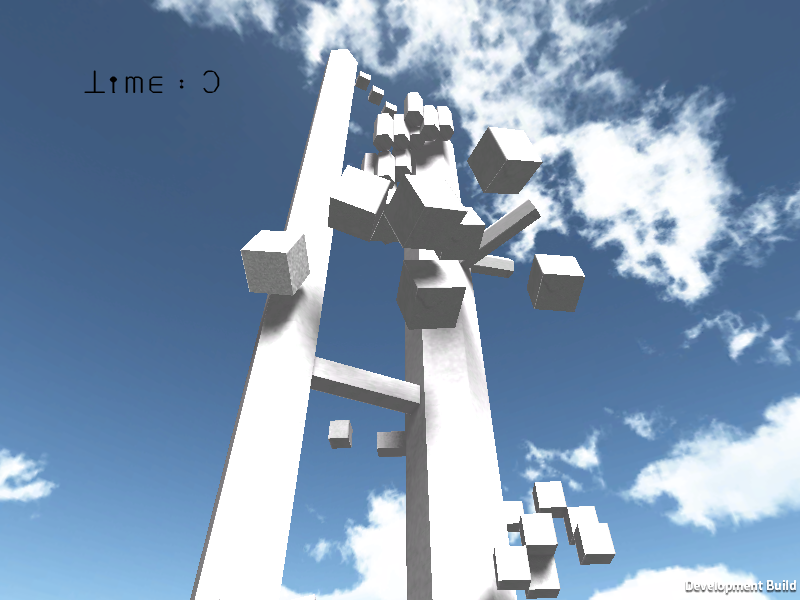BattleRL : Day 4 progress report
Uh-oh, now that we have passed the half mark of the challenge, stress is slowly but surely building up…
Yesterday, I was able to accomplish 2 of the 4 items I set out to complete. The ones that made the cut were :
Time management and forbidden zones!

Time, as shown by the clock on the right side of the screen.
Time came first, because it was a prerequisite for the forbidden zones. I had outlined the code on a piece of paper during lunch, so it all went without much problems. It was also the occasion for me to solve a bug that is present in libtcod where 2 keyboard events would be sent each time a key was pressed.
From a design standpoint, I do not know yet if I want the time to be so precisely displayed for the user. I may try to only display day, hours and minutes while omitting the seconds. That would add a level of uncertainty to the game. I want to have some of it, but I also need to be very careful not to make the game feel cheap.
When time was working, I went on to work on one of the big features of the game : the forbidden zones.

A tragic death… He could not escape the forbidden zone on time…
I think that there a three things that make the ‘Battle Royale’ program a particularly interesting setting, and by consequence could make for a different and interesting game.
- The survivalist aspect. Granted, it is not really this characteristic that sets Battle Royale apart from many other stories, but it still is something that is very compelling. Having to explore an environment and depend on what it can provide you with is really a strong driving force to use in a game.
- The gradually increasing tension. By combining a time limit, the fact that contestants are becoming increasingly fragile yet better equipped (because they collect the weapons and tools of their victims), and finally the ever-shrinking battlefield, you get a natural crescendo in the game intensity.
- The social component. A last capital aspect of Battle Royale is that the teenagers forced to kill each other know each other pretty well, as they are all from the same class (barring a couple of extra ‘transfer’ students joining for the occasion). Because of that, cliques try to stay together, couples try to hide from others, grudges resurfaces and some are running around looking for friends while other hunt everyone they can find. It is much more complex than a simple deathmatch where everyone is at each other’s throat right from the start.
The first and second aspect will be included in the game given what I have been able to implement right now. I would love to get a rudimentary system in place for the third one, but I fear I need to get into ‘feature cutting’ mode right this instant. There is not that much time left, and still a lot of things to do… Wish me luck!






